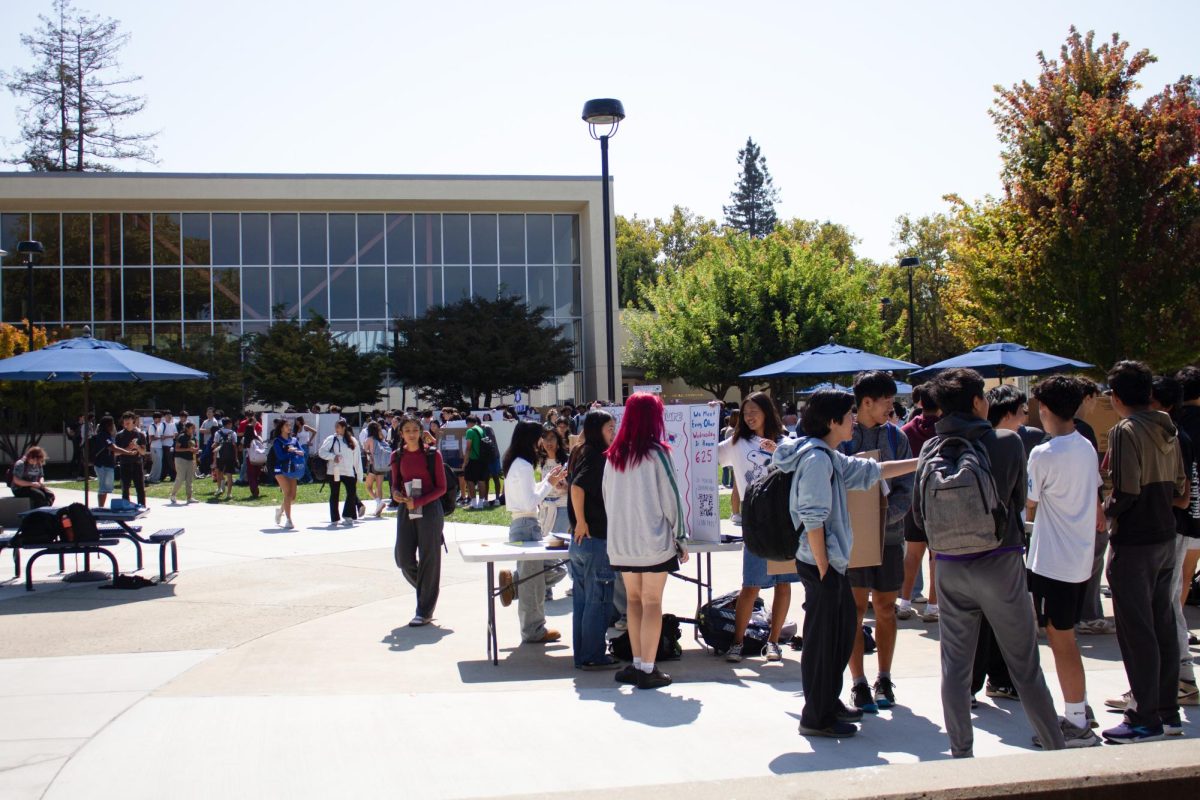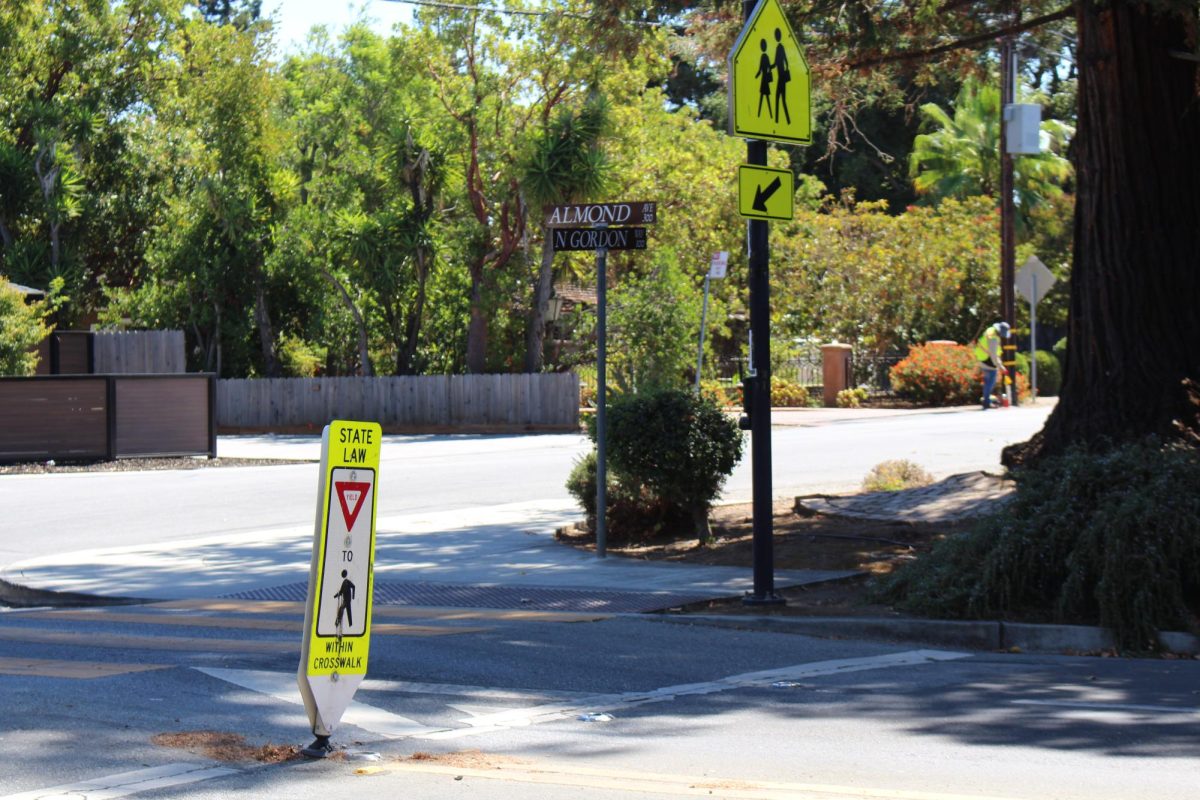U.S. government shutdown
The U.S. government officially shut down for the first time in nearly seven years on Wednesday, Oct. 1.
The current shutdown stems from Congress’s failure to reach an agreement on a spending bill the night before. Democrats in Congress pushed for an extension of enhanced Obamacare subsidies, which increased tensions between the two parties and ultimately led to the bill’s demise. This dispute was exacerbated by President Donald Trump’s continued calls forcuts to funding and layoffs for the national government.
Due to the shutdown, only government-subsidized services deemed essential will continue running. Other programs, including food assistance and institutions like the Smithsonian museums, will likely be closed or have amenities reduced. Consequently, about 40% of federal employees are expected to be placed on unpaid leave.
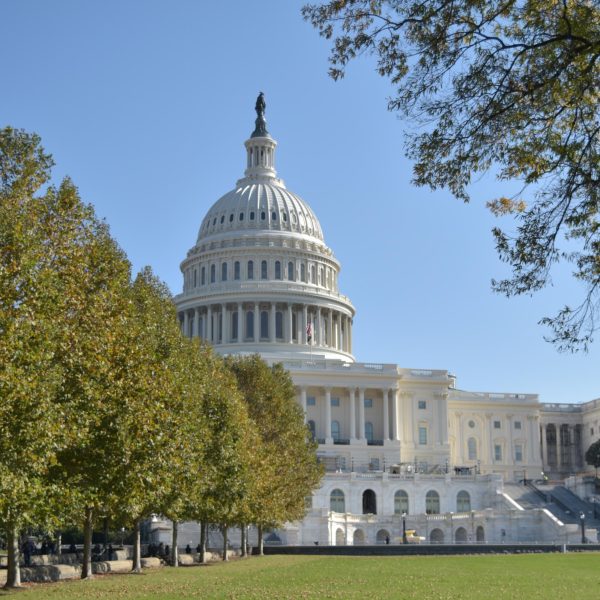
Locally, the shutdown has various implications. Bay Area tourism may take a hit with closures of national parks and related facilities. San Francisco’s famous Fleet Week, a public event honoring those who served in the U.S. Armed Forces, from Oct. 5 to 13, was scaled down, worrying local business owners. Meanwhile, TSA agents and air traffic controllers at the Oakland, San Jose Mineta and San Francisco International Airports remain working as essential federal employees, some without pay. During the last shutdown in December 2018, many unpaid airport workers called out sick, resulting in flight delays, a situation that could repeat itself in the coming weeks.
Natural disasters strike South and Southeast Asia
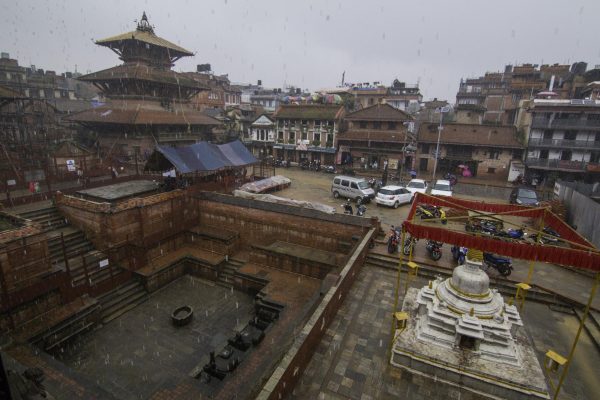
In Nepal, Severe rainfall beginning Friday, Oct. 3, caused devastating landslides, flooding and lightning strikes, leaving at least 44 people dead and 5 missing. The Eastern Mountain District of Ilam was hit the hardest, with entire villages swept away by landslides and 37 deaths reported there alone. Nepalese troops and helicopters were deployed to evacuate residents and provide medical aid, but ongoing rain, damaged roads and blocked routes continue to hinder rescue efforts.
India, which borders Nepal, was also affected by the continuous rain. In the northeastern district of Darjeeling, landslides killed at least 24 people. Rescuers are still looking for individuals reported missing. Similar to Nepal, efforts have been hampered by the downpours and road damage.
A 6.9 magnitude earthquake struck the province of Cebu in the central Philippines on Tuesday, Sep. 30. At least 72 people died, making it one of the country’s deadliest earthquakes ever. Buildings and infrastructure throughout the region were severely damaged, including homes designed to withstand natural disasters.
Sanae Takaichi elected LDP leader, expected to become Japan’s first female prime minister

Sanae Takaichi of Japan’s majority party – the Liberal Democratic Party – is poised to become the country’s first female prime minister. Nicknamed “Iron Lady,” for her conservative values, Takaichi has called for a stronger military and tougher stance toward China and North Korea.
Her victory as the party’s elected candidate is seen as part of a larger trend of global leaders supporting restructuring, tax cuts, economic growth and reshoring, dubbed by some as the “Trump effect.” She also vowed to strengthen the Japan-U.S. alliance and stressed working with regional partners such as South Korea, the Philippines and Australia.
Parliament is expected to meet in mid-October to elect Japan’s next prime minister. With the support of the LDP, Takaichi is positioned to take the seat as the first female in Japan’s history.
France’s shortest-lived government
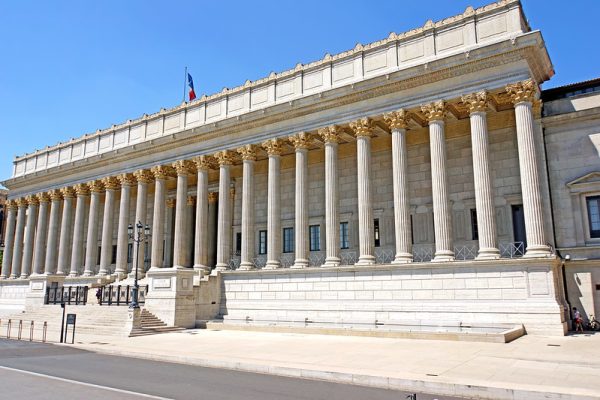
France’s third prime minister in the last year resigned on Oct. 6. Sitting in office for less than a month, Sebastien Lecornu stepped down just hours after announcing his cabinet.
This marks the shortest-lived government of the Fifth French Republic.
The repeated turnover of prime ministers has created uncertainty for France’s political and economic direction under President Emmanuel Macron. With three leaders leaving office in the last year, policy decisions, including budget negotiations and defense planning, have slowed. Since no party holds a majority in the National Assembly, the President has had difficulty forming a long-standing coalition. The resignations have had an impact on France’s economy as the CAC 40, a benchmark French stock market index, fell by about 164 points over the weekend, the euro weakened and French bond yields rose. President Macron will meet with Lecornu and talk with party leaders to decide whether to appoint another prime minister or hold a national vote for Parliament early.
Anti-Government Protests
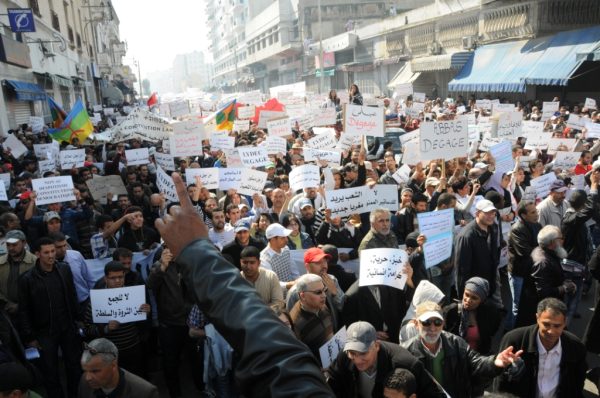
Youth-led protests against Morocco’s government swept the country starting Sep. 27. The demonstrations were driven by anger over the country building a new football stadium for co-hosting the 2030 World Cup. The stadium was planned to be the largest in the world and was reported to cost $5 billion. Protesters felt its construction highlighted issues with federal priorities, demanding improved wages and accessible public healthcare for all. The movement is being coordinated by the group Gen Z 212 through social media. Authorities responded to the protests with mass arrests and violence, resulting in the death of three protesters and hundreds of arrests and injuries.
The young Moroccans were inspired by an earlier wave of Gen-Z-led protests that began in Kathmandu, Nepal’s capital, where the government issued a ban on 26 social media platforms on Sep. 4, including Facebook and Instagram. Though the protests initially started as a clash between protesters and security forces on Sep. 8, just a day later, Nepal’s parliament building and other government offices were set on fire, and Prime Minister K.P. Sharma Oli resigned. By Sep. 22, the death toll reached 74 with more than 2,000 injured. Economic losses are estimated at $21.3 billion in damages.
Gen-Z-led protests have expanded throughout the globe, from Nepal to Madagascar, as today’s youth work to create change.
This article was accurate as of Oct. 9, 2025.



